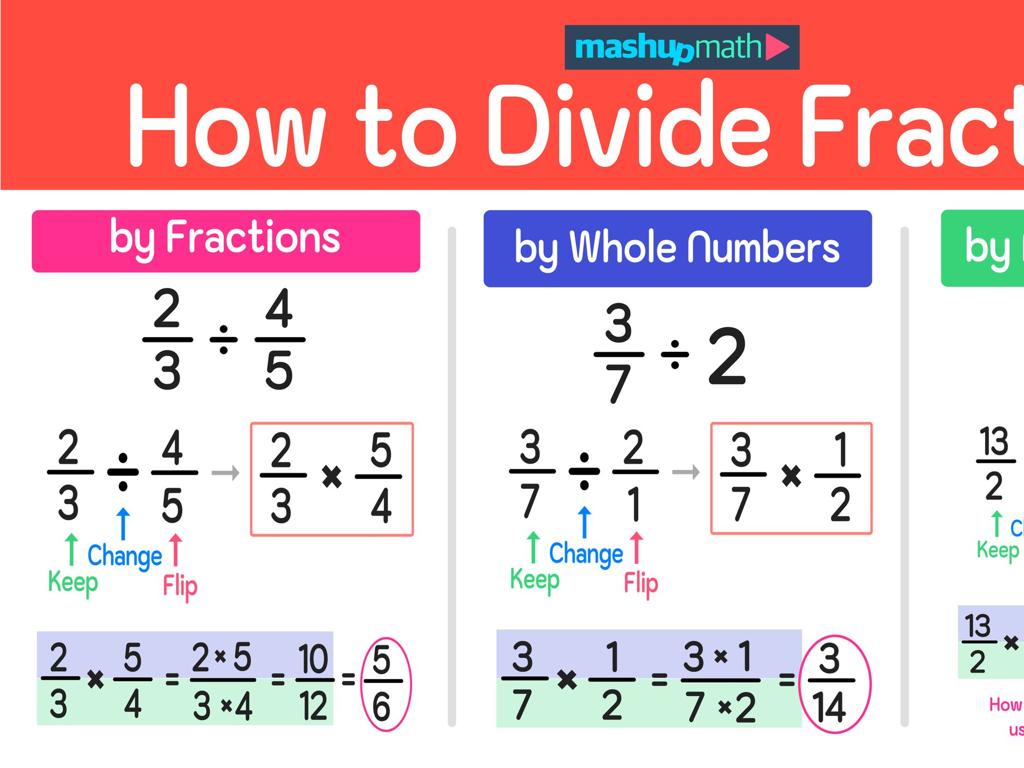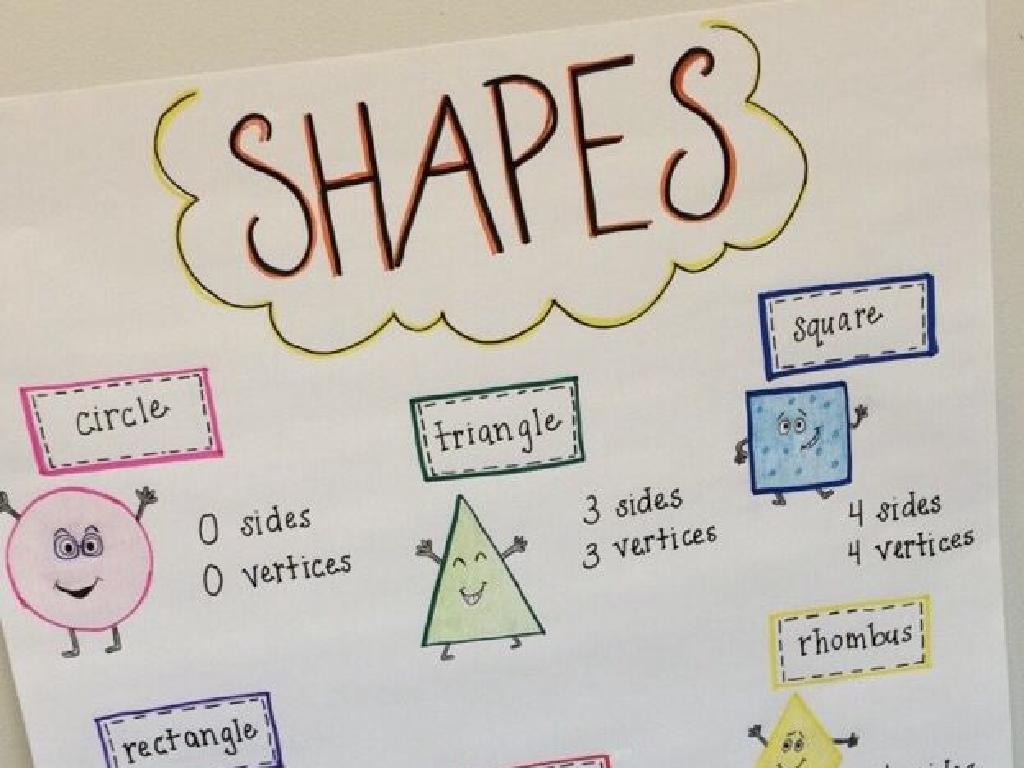Understand Overall Supply And Demand
Subject: Social studies
Grade: Eighth grade
Topic: Supply And Demand
Please LOG IN to download the presentation. Access is available to registered users only.
View More Content
Welcome to Supply and Demand!
– Explore basic economics concepts
– Define supply and demand
– Supply: how much is available; Demand: how much is wanted
– Understand their daily impact
– Prices of goods, choices, and availability are affected
– Recognize their market influence
– They determine the market economy and prices
|
This slide introduces students to the fundamental concepts of supply and demand, which are the cornerstones of economics. Begin by explaining that economics is the study of how people use resources to fulfill their wants and needs. Define supply as the amount of a product or service that is available to consumers, and demand as the desire of consumers for it, including the amount they are willing to pay. Discuss how supply and demand affect everyday decisions, such as what goods and services are available in stores and their prices. Emphasize the importance of these concepts in understanding market dynamics and the economy as a whole. Encourage students to think of examples from their daily lives where they have seen supply and demand at work, such as ticket sales for a popular movie or the pricing of seasonal fruits.
Exploring the Concept of Supply
– Define supply in economics
Supply is the total amount of a product or service available to consumers.
– Explore factors affecting supply
Price, production costs, and technology changes can influence supply levels.
– Analyze smartphone supply example
Smartphone supply fluctuates with innovation, demand, and manufacturing costs.
– Understand supply’s role in markets
|
Begin the lesson by defining supply as the total amount of goods or services that are available for purchase at any given price. Discuss various factors that can affect supply, such as changes in technology, production costs, and seller’s expectations. Use the example of smartphones to illustrate how these factors can cause the supply of a product to increase or decrease. For instance, a new technology that makes it cheaper to produce smartphones can increase supply. Highlight the importance of supply in determining market prices and the availability of goods. Encourage students to think of other examples where supply is affected by external factors.
Understanding Demand in Supply and Demand
– Define demand in economics
– Demand is the consumer’s desire to purchase goods and services and willingness to pay a price for a specific good or service.
– Explore factors influencing demand
– Factors include price, income levels, tastes, and preferences, as well as substitute and complementary goods.
– Analyze demand for concert tickets
– High demand for a popular concert can lead to increased ticket prices; scarcity of tickets can further drive up demand.
– Discuss impact on ticket prices
|
This slide introduces the concept of demand, a fundamental element of the economic theory of supply and demand. Begin by defining demand and explaining how it differs from a mere desire for a product. Discuss various factors that can influence demand, such as changes in income, consumer preferences, and the availability of alternatives. Use the example of demand for concert tickets to illustrate how high demand and limited supply can lead to higher prices, and how this reflects on real-world scenarios. Encourage students to think of other examples where they have seen demand influence price.
The Law of Supply and Demand
– Interaction of Supply & Demand
– Supply and demand determine the market price and quantity of goods sold.
– Equilibrium Price Explained
– The price at which the quantity demanded equals the quantity supplied.
– Seasonal Demand: Ice Cream Case
– How ice cream sales increase in summer and affect supply and demand.
– Market Balance & Price
|
This slide introduces students to the fundamental concept of supply and demand, which is the backbone of economic theory. The interaction of supply and demand dictates the market equilibrium, where the quantity of goods supplied equals the quantity demanded, resulting in the equilibrium price. A case study on ice cream sales illustrates how seasonal changes can affect supply and demand, with higher temperatures leading to increased demand. This example will help students understand how market forces interact to balance prices and quantities in real-world scenarios. Encourage students to think of other examples where seasonal changes might affect supply and demand.
Shifts in Supply and Demand Curves
– Factors causing curve shifts
– Changes in costs, preferences, and external conditions can shift curves.
– Impact on market equilibrium
– Shifts can lead to new equilibrium: price and quantity adjustments.
– Scenario: New technology’s role
– Introduction of a new tech can shift supply curve, affecting prices and output.
– Analyzing market changes
|
This slide aims to explain the dynamic nature of supply and demand curves in a market economy. Students should understand that various factors, such as changes in production costs, consumer preferences, and external economic conditions, can cause the supply and demand curves to shift, leading to a new market equilibrium. The introduction of a new technology is a specific scenario that can increase production efficiency, thus shifting the supply curve to the right, resulting in lower prices and higher output. Encourage students to think critically about how these shifts can affect everyday items they use and the broader economy. Use real-life examples to illustrate these concepts, such as the impact of smartphones on the market for cameras.
Supply and Demand in the Real World
– Real-world market operations
– Global events and supply/demand
– How do events like natural disasters affect markets?
– COVID-19’s impact on markets
– Examine shortages, price changes during the pandemic
– Class discussion on recent events
– Share thoughts on how COVID-19 affected goods availability
|
This slide aims to connect the theoretical concepts of supply and demand with real-world applications. Begin by explaining how markets operate, with buyers and sellers interacting to determine prices. Discuss the influence of global events, such as natural disasters or political unrest, on supply and demand. Use the COVID-19 pandemic as a case study to illustrate dramatic shifts in market dynamics, including shortages and price surges. Encourage students to think critically about how these changes affected consumers and businesses alike. The class discussion should allow students to engage with the material by sharing their own observations and experiences related to supply and demand during the pandemic.
Class Activity: Market Simulation
– Divide into groups for simulation
– Role-play as sellers or buyers
– Observe price changes in the market
– Watch how prices go up or down based on the availability of items and people’s desire to buy them.
– Understand supply and demand effects
– Learn how supply and demand balance out to determine market prices.
|
This class activity is designed to give students a hands-on experience with the concepts of supply and demand. By dividing the class into groups and assigning roles of buyers and sellers, students will engage in a simulated market environment. Provide each group with different scenarios where supply and demand vary, and instruct them to adjust their prices accordingly. This will help them observe how prices fluctuate based on these factors. Possible scenarios include a limited edition item release, a surplus of common goods, or a sudden increase in demand for a product. Encourage students to reflect on how these changes affect their willingness to buy or sell at certain prices. The goal is for students to visualize and better understand the dynamic relationship between supply, demand, and pricing in a market economy.
Conclusion: Supply and Demand Reflection
– Recap key supply and demand concepts
– Reflect on the simulation activity
– How did the activity help in understanding?
– Engage in a Q&A session
– What questions arose from today’s lesson?
– Summarize today’s learning outcomes
– Highlight the importance of supply and demand in economics.
|
This slide aims to wrap up the lesson by revisiting the fundamental concepts of supply and demand. Encourage students to think about how the simulation activity helped them to understand these concepts in a practical, hands-on way. Open the floor for a question and answer session, allowing students to clarify any doubts and solidify their understanding. Use this opportunity to assess their grasp of the material and to reinforce the significance of supply and demand in everyday economic scenarios. Summarize the key points learned today to ensure students leave with a clear understanding of the topic.






